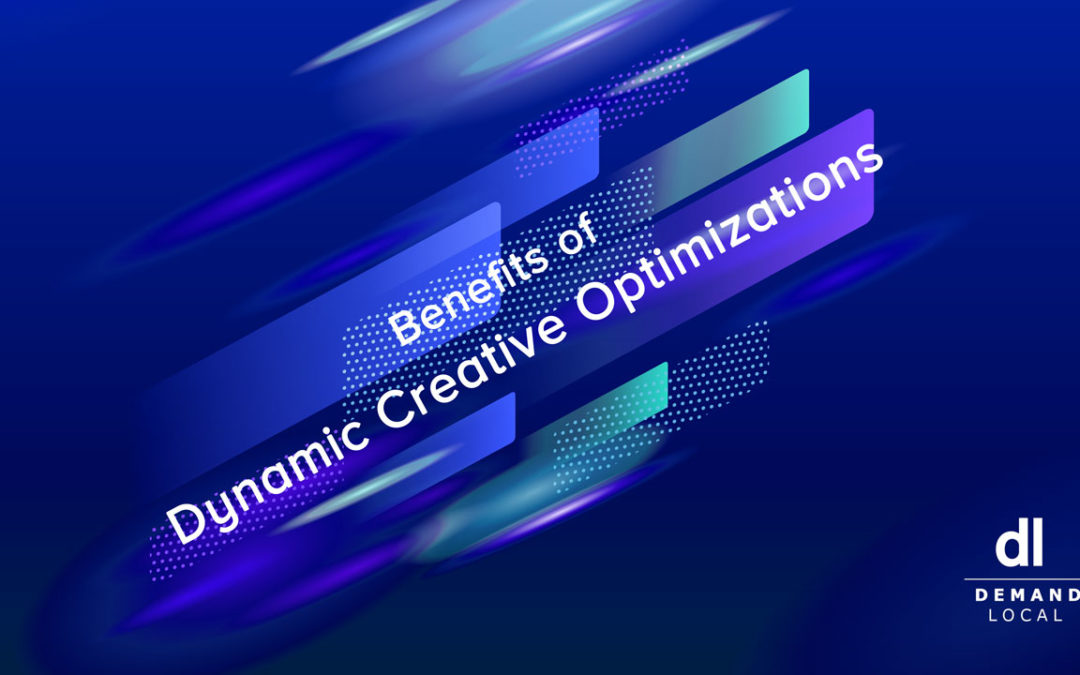When it comes to engaging customers online, businesses obviously want to find the most effective way to promote their products to those most likely to be interested in their service offerings.
One study by Salesforce found that 59 percent of customers have the expectation that brands will customize ads for them, and more than three-quarters of them are willing to provide information to receive this degree of personalization.
To appropriately address the needs of their customers, therefore, brands need to do a better job of creating highly-personalized advertising that addresses the interests of consumers. Ad versioning and dynamic creative optimization answers this need.
How does dynamic creative optimization work?
Dynamic creative optimization offers brands the chance to combine data with their creativity to create highly personalized ads that are scalable. The ads themselves can track a specific user and then select the images and offers that appeal most directly to what this person would want to see.
Step 1. Brands create dynamic creative ads that will appeal to different types of customers depending upon their unique needs. For example, an auto dealer might create ads that feature different types of car makes and models, allowing them to have a personalized ad for someone looking for a minivan or a sports car.
Step 2. The ad platform uses a variety of real-time data such as the location of the user, the past products seen on the website, and browsing behavior. The ad uses machine learning to pick the most optimal version of the images and text displayed to the customer to create a highly-customized ad based on this unique person’s set of needs.
Step 3. The highly-personalized ad ideally entices the prospect to learn more about what this business has to offer and encourages them to click and engage with the organization.
Benefits of dynamic creative optimization
Brands that take advantage of the capabilities of dynamic creative optimization see a variety of benefits that manifest as they create these promotions.
Hyper relevant
Since the ads themselves have been created based on the behavior and interests of the user personally, the ads displayed, therefore, align very closely with their personal interests. This greatly improves the relevancy of the promotion and becomes more interesting for the consumer.
Personalized
Consumers use an average of 10 channels to communicate with the companies they consider buying from. This means that the organizations themselves want to do a better job of reaching out to interested prospective customers across different channels and keeping them engaged with the brand. Highly personalized ads across the web make it easier for organizations to maintain this connection.
High-quality traffic
The consumers who see the ads are those who have already demonstrated a reason to believe that they would be interested in this particular organization, which therefore helps the ad focus on the best candidates for potential leads.
Better conversions
With the improvement in the quality of traffic, the conversions that brands also receive will experience an improvement. The leads and conversions that the brand entices through their ads will come from those who already have a high need for the product or service and therefore will consist of the targeted customers that the brand wants to reach.
Dynamic display advertising offers organizations the chance to combine the various elements of the optimal ad construction, including real-time data and personalization, to create promotions that customers respond to. Inventory marketing, in particular, allows businesses to advertise the specific products that they have in stock at that moment, providing customers with a superior user experience. They have the ability to see the products that align best with their particular needs, creating a digital showcase catered to them.

